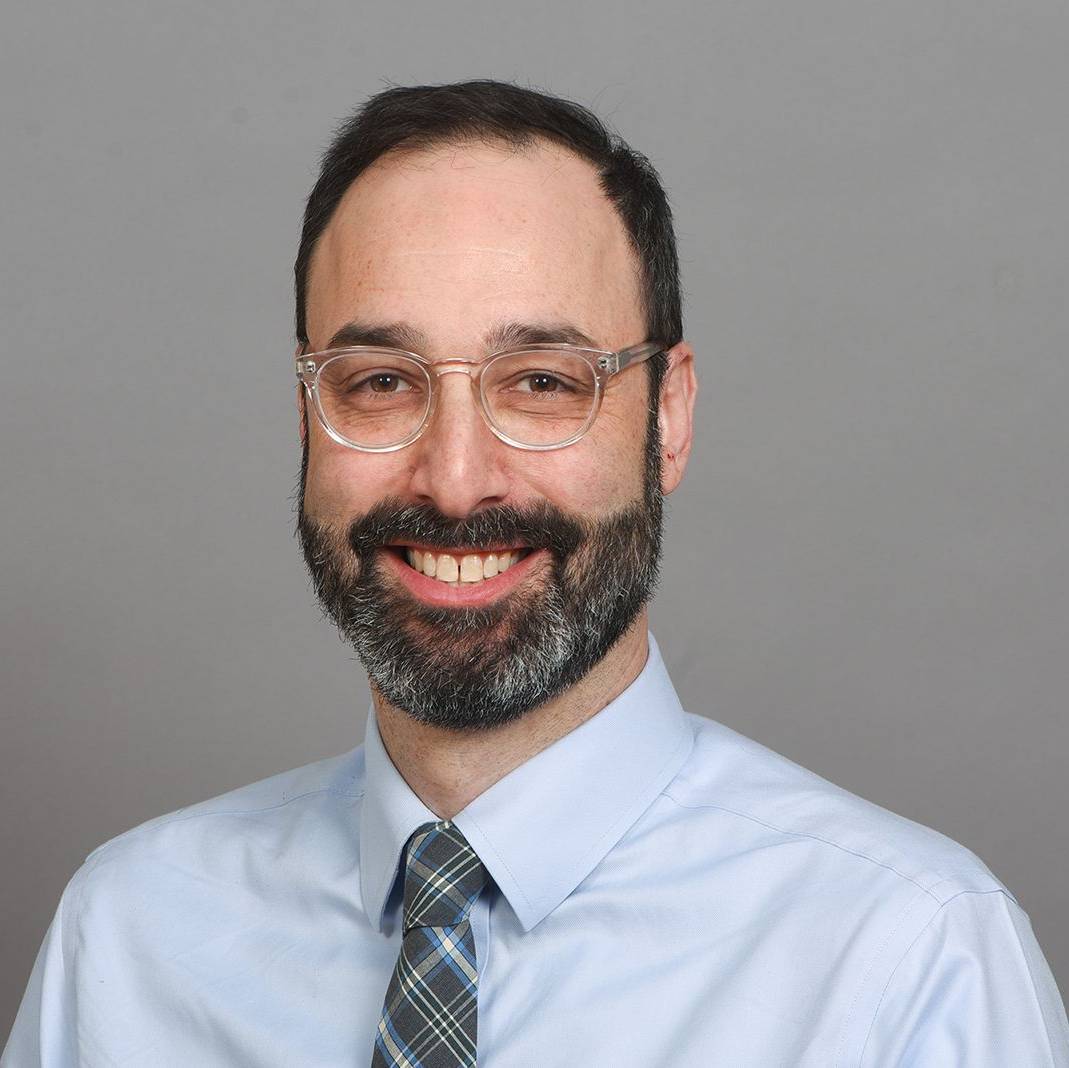
Adult Congenital Heart Disease Program Welcomes New Director
When Alexander “Sasha” Opotowsky was studying at Columbia University’s College of Physicians and Surgeons in the early 2000s, he was sure of one thing—he did not want to be a cardiologist. Too mainstream, he thought, and not reflective of his personality. But sometimes, the heart just knows what it wants—literally in this case—and he fell in love with the physiology of heart disease, and even more so, with the patients.
Opotowsky is the new director of the Adult Congenital Heart Disease (ACHD) program at Cincinnati Children’s. He is also a co-director of the Heart Institute Research Core and co-director of the Exercise Lab. An internationally known expert in the ACHD community who came from Boston Children’s Hospital, Brigham and Women’s Hospital, and Harvard Medical School, he succeeds Gary Webb, MD, and Gruschen Veldtman, MD, who were also recognized leaders in the subspecialty.
“Adult congenital heart disease was an emerging field during the ’90s, and it was untapped in terms of research,” he explained. “The diversity of the pathophysiology alone ensured I’d never be bored.”
Pediatric cardiology as a specialty was established around 70 years ago. Adult congenital heart disease came into being as a field about 20 to 30 years later, when kids who’d survived the first heart surgeries were grown.
“As a result, you have this new man-made physiology. As patients age they may face not only expected cardiovascular events like arrhythmias, but they can also develop unexpected issues—some of which are not directly cardiac in nature and affect other organs,” said Opotowsky. “More often than not, we are hard pressed to explain why and have limited understanding how to treat these issues. That’s where the research comes in. We partner with patients to figure out what’s going on. It is very much a team effort.”
Opotowsky provided an example from his recent work. After observing several of his patients develop pheochromocytoma, a rare adrenaline-secreting tumor affecting one in 10,000 people, he partnered with colleagues to figure out why. The consequent studies have provided evidence that patients who have low oxygen levels (cyanosis) because of having congenital heart disease (CHD) are at particularly increased risk for developing these tumors. And most recently, he and his collaborators published work in the "New England Journal of Medicine" describing a specific genetic mutation in an oxygen-sensing protein in patients with cyanotic CHD and rare neuroendocrine tumors.
Standard clinical tests, like echocardiograms, only tell us part of the story of why patients do or don’t develop specific difficulties over time. One patient with mildly reduced heart function may have no symptoms, while another develops heart failure. “It probably has to do with genetics or an exposure the patient had early in life. That’s why we’re working towards a more systematic and integrated study of circulating biomarkers, genomics, proteomics and metabolomics,” he said.
At Boston Children’s, he founded an ACHD biobank, consisting of biospecimens collected from more than 1,600 patients. One goal has been to study thousands of proteins in the blood and urine in search of pathways that might be different in people with congenital heart disease and whether these proteins (or other biomarkers) can predict certain complications.
“People used to view most of the surgeries we performed on kids with congenital heart disease as curative,” said Opotowsky. “Pediatric cardiologists don’t say that any more. Now the message is that these patients can live full and rich lives but should continue to receive specialized ACHD care. One reason is that, as we make new discoveries, we are able to explain our new understanding to the people most affected and then proactively adjust treatment.”
New Opportunities
Opotowsky is excited to be at Cincinnati Children’s. “This place has long been a pioneer in congenital cardiology. There is a critical mass of excellent, collaborative clinicians and scientists, along with incredible infrastructure. As far as I can tell, the Heart Institute Research Core is unique in the world of pediatric cardiology. This speaks to the potential for even greater things going forward,” he said. “Most fundamentally, the Heart Institute leadership is truly committed to these adult patients, many of whom have grown up receiving care at Cincinnati Children’s.”
In addition to continuing the growth, strength and formalization of the ACHD program, Opotowsky hopes to integrate a comprehensive research portfolio and nurture partnerships with patients. “I want us to get to the point where, rather than investigators asking patients to participate in studies, the patients challenge us by saying, ‘Why aren’t you doing more?’ It already happens, but I hope it becomes the norm. We cherish the collaboration. Our patients make a priority of expanding our knowledge in order to benefit others with similar diseases in the future. That is an extraordinary gift. We will do our best to rise to their challenge.”
